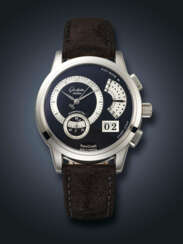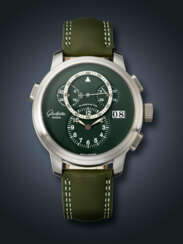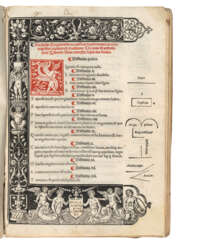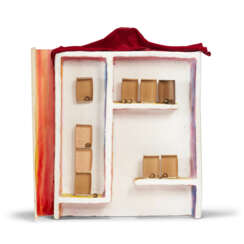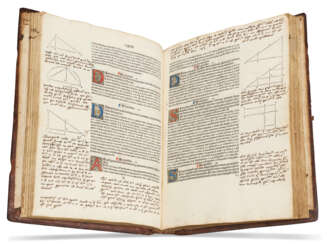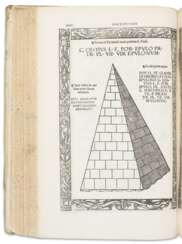pano matic







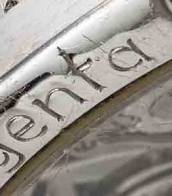


Euclid (Greek: Εὐκλείδης) was an ancient Greek mathematician active as a geometer and logician. Considered the "father of geometry", he is chiefly known for the Elements treatise, which established the foundations of geometry that largely dominated the field until the early 19th century. His system, now referred to as Euclidean geometry, involved new innovations in combination with a synthesis of theories from earlier Greek mathematicians, including Eudoxus of Cnidus, Hippocrates of Chios, Thales and Theaetetus. With Archimedes and Apollonius of Perga, Euclid is generally considered among the greatest mathematicians of antiquity, and one of the most influential in the history of mathematics.

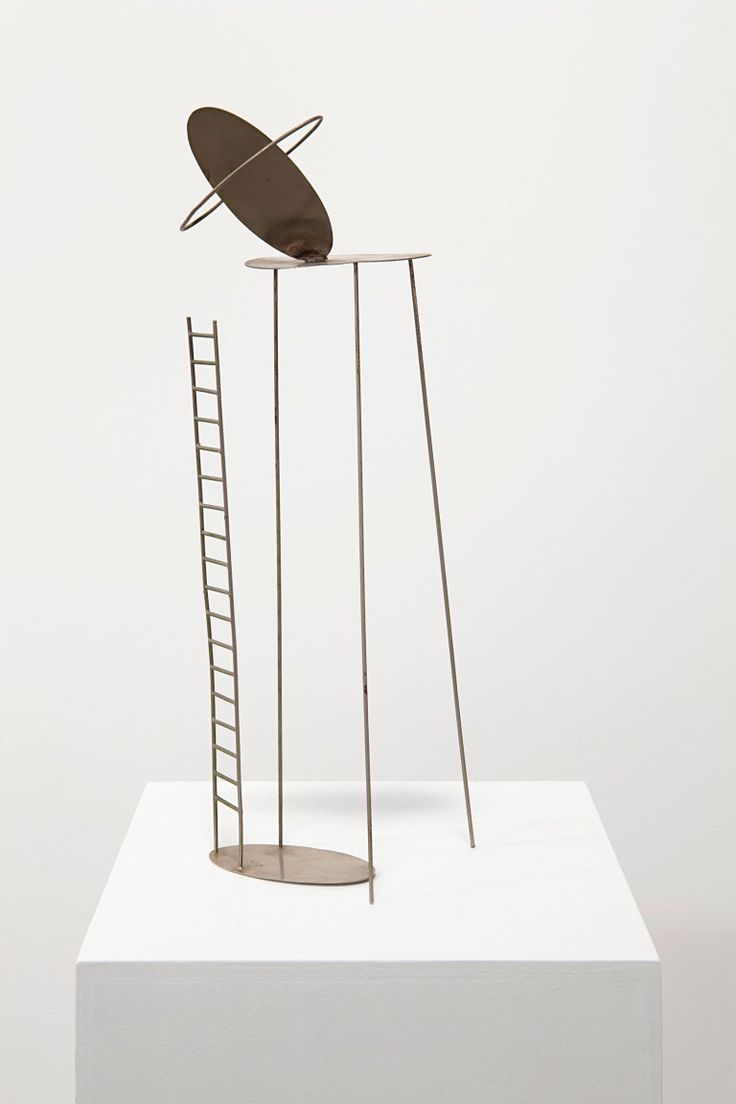
Fausto Melotti was an Italian sculptor, ceramicist, poet, and theorist.


Euclid (Greek: Εὐκλείδης) was an ancient Greek mathematician active as a geometer and logician. Considered the "father of geometry", he is chiefly known for the Elements treatise, which established the foundations of geometry that largely dominated the field until the early 19th century. His system, now referred to as Euclidean geometry, involved new innovations in combination with a synthesis of theories from earlier Greek mathematicians, including Eudoxus of Cnidus, Hippocrates of Chios, Thales and Theaetetus. With Archimedes and Apollonius of Perga, Euclid is generally considered among the greatest mathematicians of antiquity, and one of the most influential in the history of mathematics.


William Shakespeare was a British poet and playwright and writer.
William's father, John Shakespeare, was a merchant and official in Stratford. There are reports that he was a sailor for a time before joining a theater company in London. Beginning in the 1590s, Shakespeare began writing plays, and in 1593 he published a poem, Venus and Adonis, which became popular. He dedicated it to the Duke of Southampton, who was a philanthropist and patron of talent, and soon his business was booming.
From 1592 to 1600 Shakespeare wrote his dramas and romantic comedies "Richard III", "The Taming of the Shrew", "Romeo and Juliet", "A Midsummer Night's Dream" and "The Merchant of Venice", as well as the comedies "Much Ado About Nothing", "Twelfth Night" and the tragedy "Julius Caesar". The playwright's business was so successful that he even bought a large house in Stratford. In 1599, Shakespeare became one of the owners, playwright and actor of the new theater "Globe". In 1603 King James took Shakespeare's troupe under his direct patronage. In the mature period, the great playwright turned to tragedies, there were "Hamlet", "Othello", "King Lear", "Macbeth" and others.
Although in the 19th century researchers had some doubts about the authorship of many of these works, William Shakespeare is considered the greatest English playwright, one of the best playwrights in the world. His plays have been translated into all major languages and to this day form the basis of the world theatrical repertoire, most of them have been screened many times. According to the Guinness Book of Records, Shakespeare remains the world's best-selling playwright, and his plays and poems have sold more than 4 billion copies in the nearly 400 years since his death.

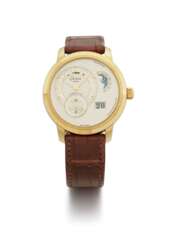


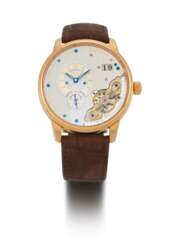


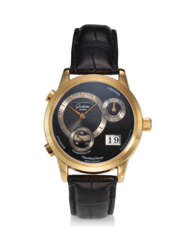

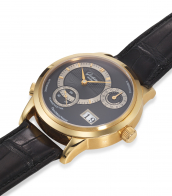


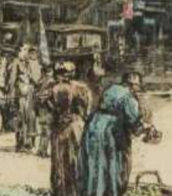











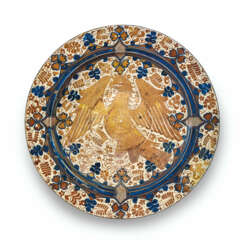

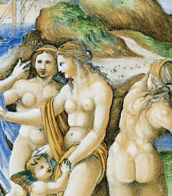



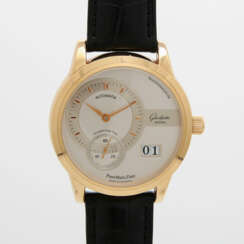

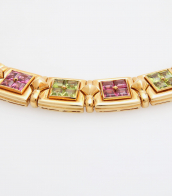
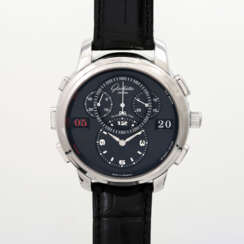


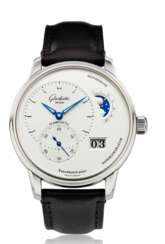


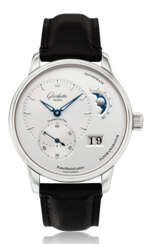



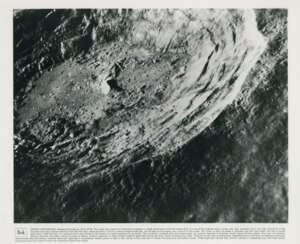

![Panoramic view [Large Format] over the lunar farside, taken by Itek panoramic camera, July 26-August 7, 1971](/assets/image/picture_1221074/70db1/b9c3ba6b7b08eec2129f09d9e1b963541604656800jpg__fix_374_244.jpeg)
![Panoramic view [Large Format] over the lunar farside, taken by Itek panoramic camera, July 26-August 7, 1971](https://veryimportantlot.com/assets/image/picture_1221074/70db1/b9c3ba6b7b08eec2129f09d9e1b963541604656800jpg__fix_374_244.jpeg)
![First two-part orbital panorama over the Earth [Mosaic]: western Atlantic Ocean off the U.S. coast of Georgia and South Carolina, April 4, 1968](/assets/image/picture_1219081/d1c97/a1b108cff9c9d6f4ca310ffd1613544d1604656800jpg__fix_374_244.jpeg)
![First two-part orbital panorama over the Earth [Mosaic]: western Atlantic Ocean off the U.S. coast of Georgia and South Carolina, April 4, 1968](https://veryimportantlot.com/assets/image/picture_1219081/d1c97/a1b108cff9c9d6f4ca310ffd1613544d1604656800jpg__fix_374_244.jpeg)






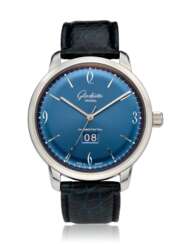


![First orbital panorama over the Earth [Mosaic]: eastern Atlantic Ocean, Gulf of Guinea off the coast of Gabon and Equatorial Guinea, April 4, 1968](/assets/image/picture_1219073/d921a/579c34c375d45d89c85f7bcb6c7bf1541604656800jpg__fix_374_244.jpeg)
![First orbital panorama over the Earth [Mosaic]: eastern Atlantic Ocean, Gulf of Guinea off the coast of Gabon and Equatorial Guinea, April 4, 1968](https://veryimportantlot.com/assets/image/picture_1219073/d921a/579c34c375d45d89c85f7bcb6c7bf1541604656800jpg__fix_374_244.jpeg)
![First two-part orbital panorama over the Earth [Mosaic]: Mozambique and the western Indian Ocean, April 4, 1968](/assets/image/picture_1219076/23ad2/a2effb6fa09b3302f62d3fff4eb322dd1604656800jpg__fix_374_244.jpeg)
![First two-part orbital panorama over the Earth [Mosaic]: Mozambique and the western Indian Ocean, April 4, 1968](https://veryimportantlot.com/assets/image/picture_1219076/23ad2/a2effb6fa09b3302f62d3fff4eb322dd1604656800jpg__fix_374_244.jpeg)
![First orbital panorama of the Earth [Mosaic]: clouds over the southwestern United States, April 4, 1968](/assets/image/picture_1219077/691c1/3bfba9b23b6a0a4371c624cf64fc84171604656800jpg__fix_374_244.jpeg)
![First orbital panorama of the Earth [Mosaic]: clouds over the southwestern United States, April 4, 1968](https://veryimportantlot.com/assets/image/picture_1219077/691c1/3bfba9b23b6a0a4371c624cf64fc84171604656800jpg__fix_374_244.jpeg)
